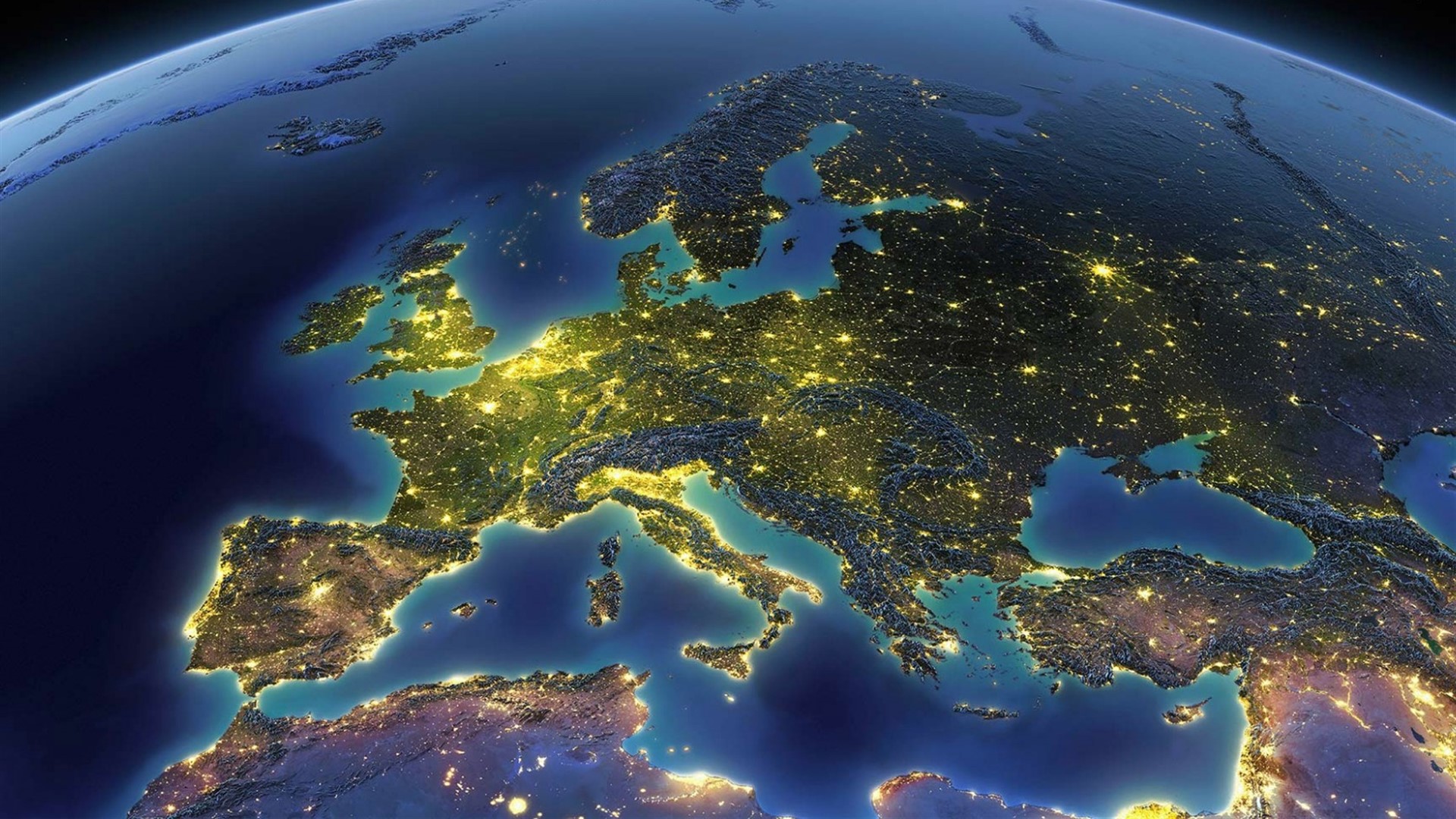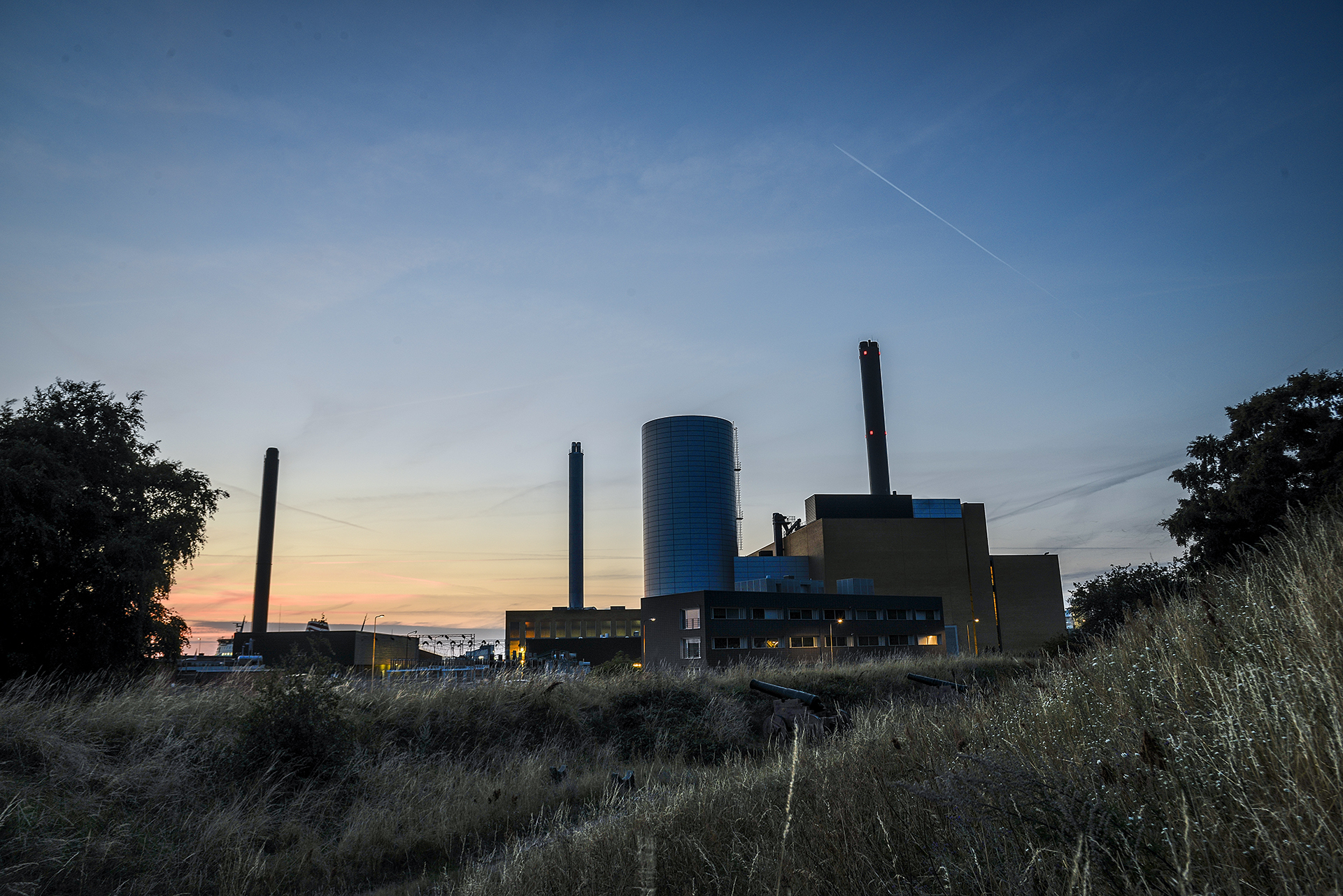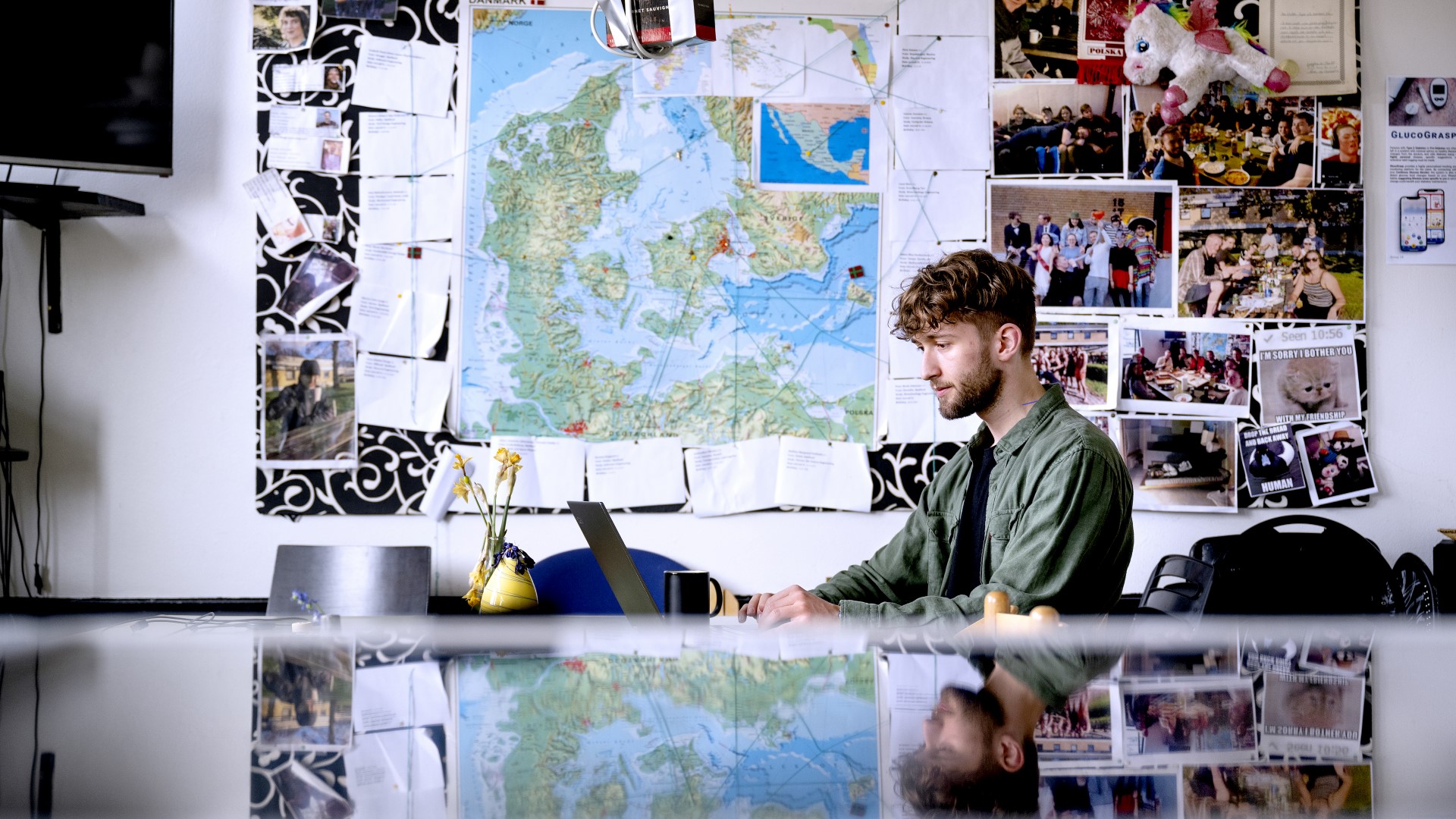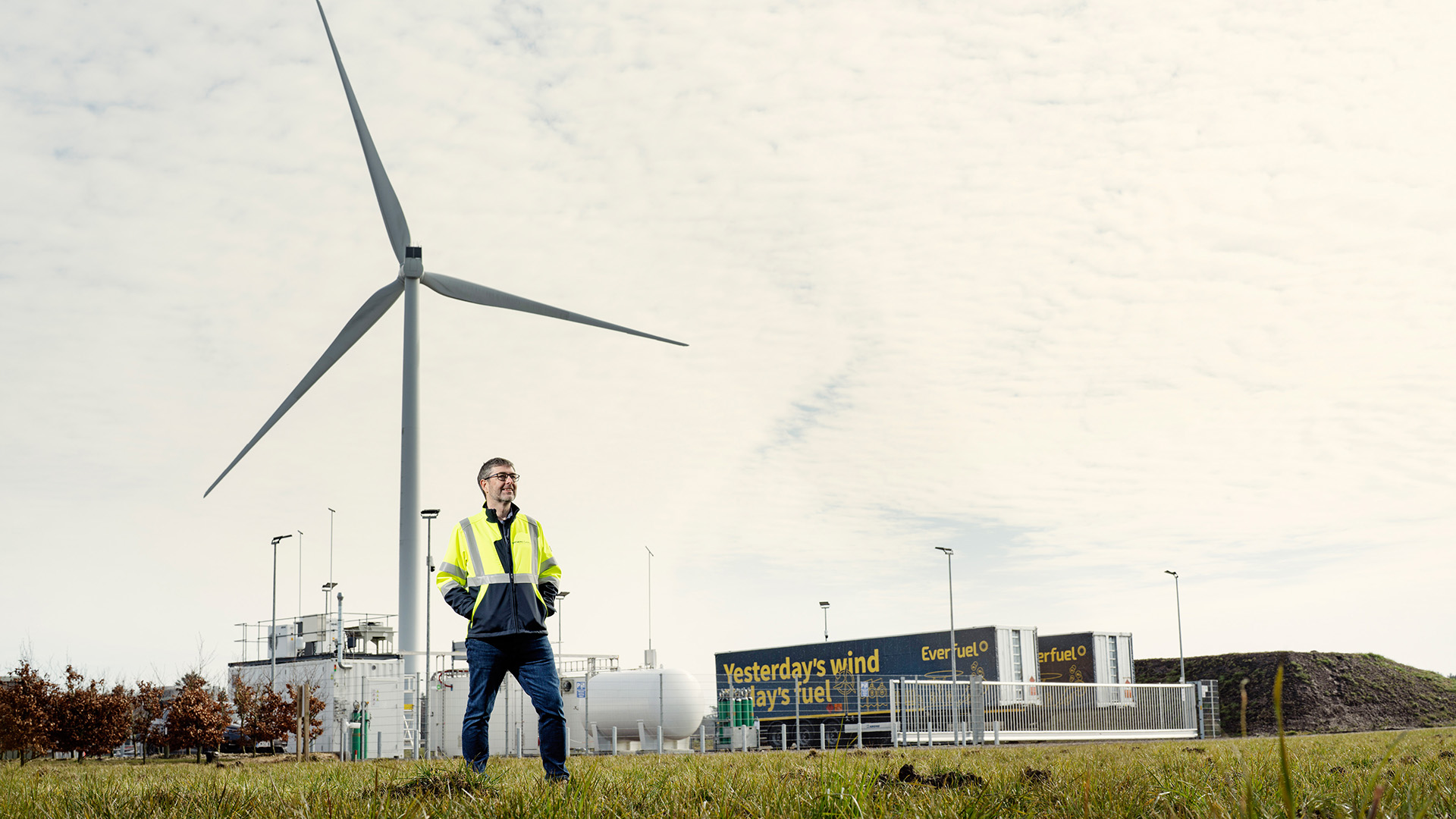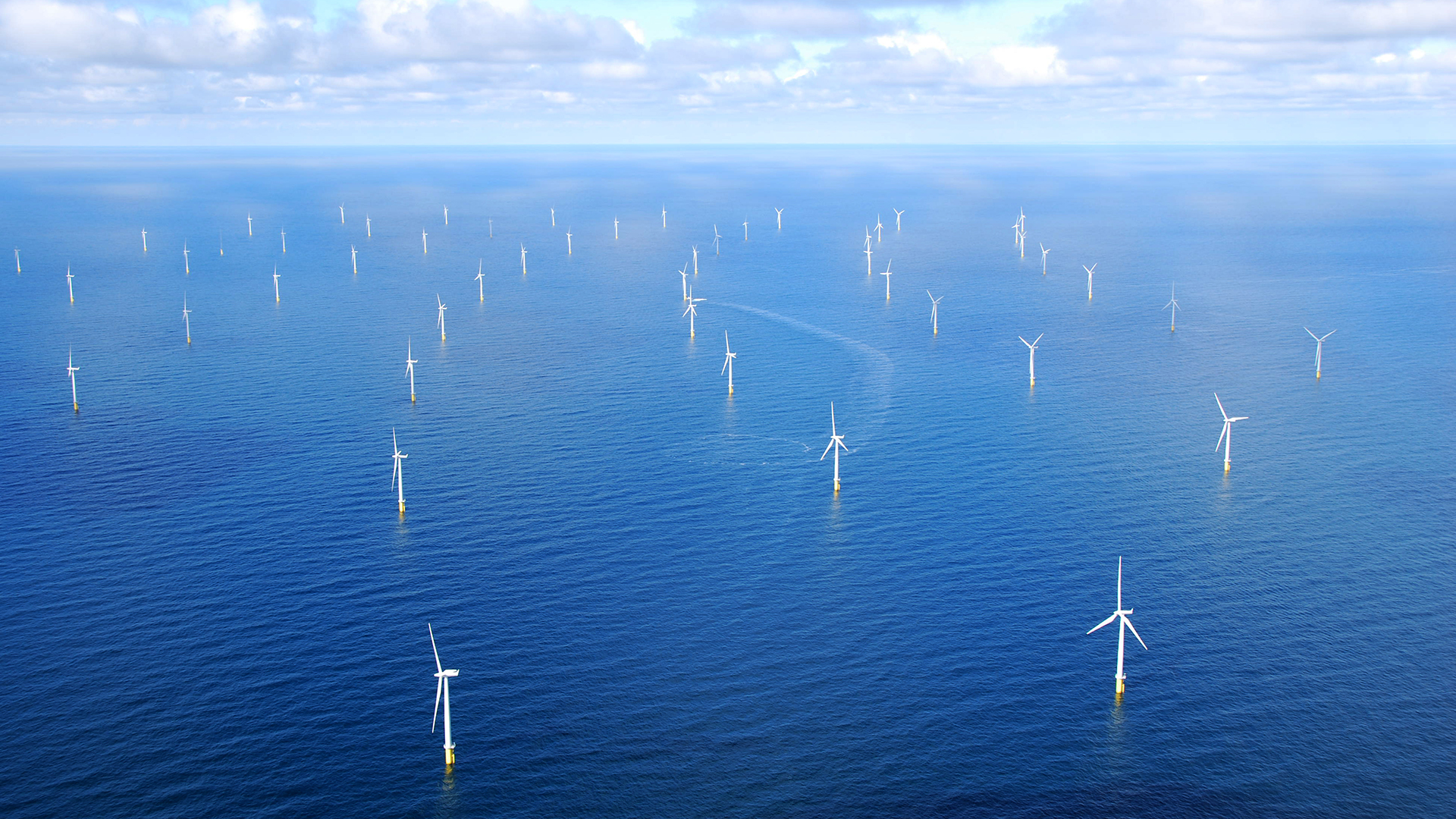Professor Jacob Østergaard from DTU has been researching smart energy solutions for many years and heads several projects based on Bornholm, including the experimental PowerLabDK platform. PowerLab is a living laboratory for energy production and consumption and is connected to Bornholm’s energy system.
It allows researchers to monitor, control, and collect data from the production and consumption of wind power etc., and thereby gain insight into how to develop smart energy solutions.
“Bornholm is interesting as an energy island, because we can quickly get started. We have an established platform and can test various constellations and management methods in a flexible environment that already functions as a living energy laboratory,” says Jacob Østergaard.
New solutions required
The aim is for the Bornholm and North Sea energy islands to supply wind power for electric cars, heat pumps, households, and companies, and to export power to our neighbouring countries. Longer term, batteries and Power-to-X technologies will be coupled to the energy islands.
This will make it possible to store and convert the power into hydrogen and other fuels that can be used in aircraft, ships, trucks, etc.
However, this requires the development of new technological solutions to ensure the energy islands have a solid structure and supply stable power. The solutions must be designed to allow future expansion and the connection of more islands.
“We could take all the technologies we have today and put them together like building blocks. But we risk making a system that will be too expensive and perhaps not reliable,” says Jacob Østergaard.
